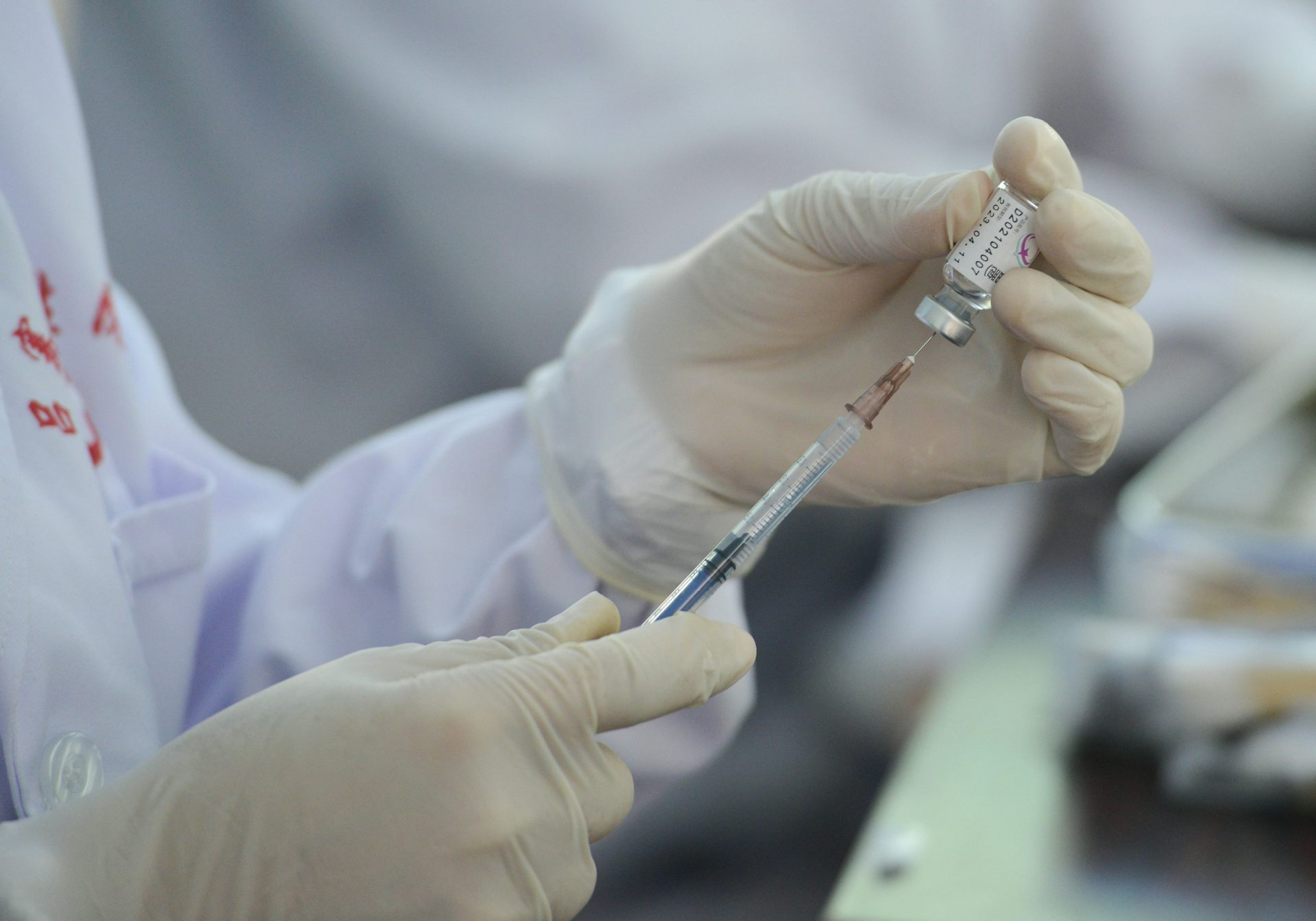


We chose deepfakes as a case study for three reasons: 1.) their classification as misinformation is more objective 2.) we can control the demographics of the persona presented and 3.) deepfakes are a real-world concern with associated harms that need to be better understood. To investigate how users' biases impact susceptibility, we explore computer-generated videos called deepfakes as a type of diverse misinformation. We call ``diverse misinformation'' the complex relationships between human biases and demographics represented in misinformation, and its impact on our susceptibility to misinformation is currently unknown. Social media users are not equally susceptible to all misinformation. In sum, this doctoral research sheds light on the antecedents that underpin the inoculation process and how resistance against misinformation can be build, strengthened, and ultimately spread from one individual to another. By demonstrating the effectiveness of receiving vicarious inoculation treatments, this research contributes to the quest for psychological herd immunity against misinformation. Thus, this doctoral research makes novel use of post-inoculation talk by pivoting from intra-individual resistance to inter-individual resistance. Specifically, content analyses provide novel insights into how and when post-inoculation talk occurs and, more importantly, what it is about. These findings provide novel contributions to whether it has the potential to keep up with and outpace the speed and depth at which online misinformation travels. In Chapter 4, I explore the effects of post-inoculation talk on the inoculated participants as well as those who vicariously receive second-order inoculation treatments through talk. Chapter 3 also takes a critical look at the role of apprehensive versus motivational threat, one of the theoretical tenants of inoculation theory. I evaluated a real-world intervention adopted by the UK government and World Health Organization, empirically demonstrating that it improves reliability assessments of misinformation, improves people’s certainty in their ability to spot and resist misinformation, and reduces self-reported willingness to share misinformation with others in their social network. Chapter 3 further replicates and builds on these findings by providing additional and longitudinal support for new gamified inoculation treatments across three different languages in the context of the COVID-19 pandemic. Additionally, Chapter 2 finds that inoculated individuals are significantly less likely to share content that includes manipulative content. These findings are further extended in Chapter 2, where I demonstrate the efficacy of a new gamified and generalised inoculation treatment within the context of end-to-end encrypted private messaging apps and extend the findings on attitude certainty by identifying it as a significant mediator for sharing intentions of misinformation– emphasising the crucial role of certainty when resisting. More specifically, in Chapter 1, I test the efficacy of “Bad News” as an inoculation treatment against common manipulation strategies and found that the intervention significantly increases people’s ability to spot misinformation techniques and boosts their level of confidence in their own (correct) judgements.

Across several empirical studies, results consistently suggest that generalised and gamified inoculation treatments are effective in reducing the perceived reliability of misinformation, in boosting attitudinal certainty, and in decreasing people’s willingness to share manipulative information. To do so, I sought to establish how attitudinal resistance to misinformation can be build, strengthened, and spread by designing and testing novel theory-driven interventions using randomized experiments in both the lab and the field. The aim of this doctoral research was to examine how inoculation theory may be used to combat misinformation. Though the efficacy of inoculation theory, often regarded as the “grandfather theory of persuasion”, has been demonstrated across varying contexts, little research exists on its efficacy against online misinformation. However, growing psychological research emphasises the difficulty of catching up with and undoing the harms of manipulative content once it is out, calling for pre-emptive efforts that could stop harmful information from going viral in first place. Current efforts are mostly reactive and consist of predominantly legislative, algorithmic, and educational interventions. The prevalence of misinformation is a threat to science, society, and the democratic process.


 0 kommentar(er)
0 kommentar(er)
